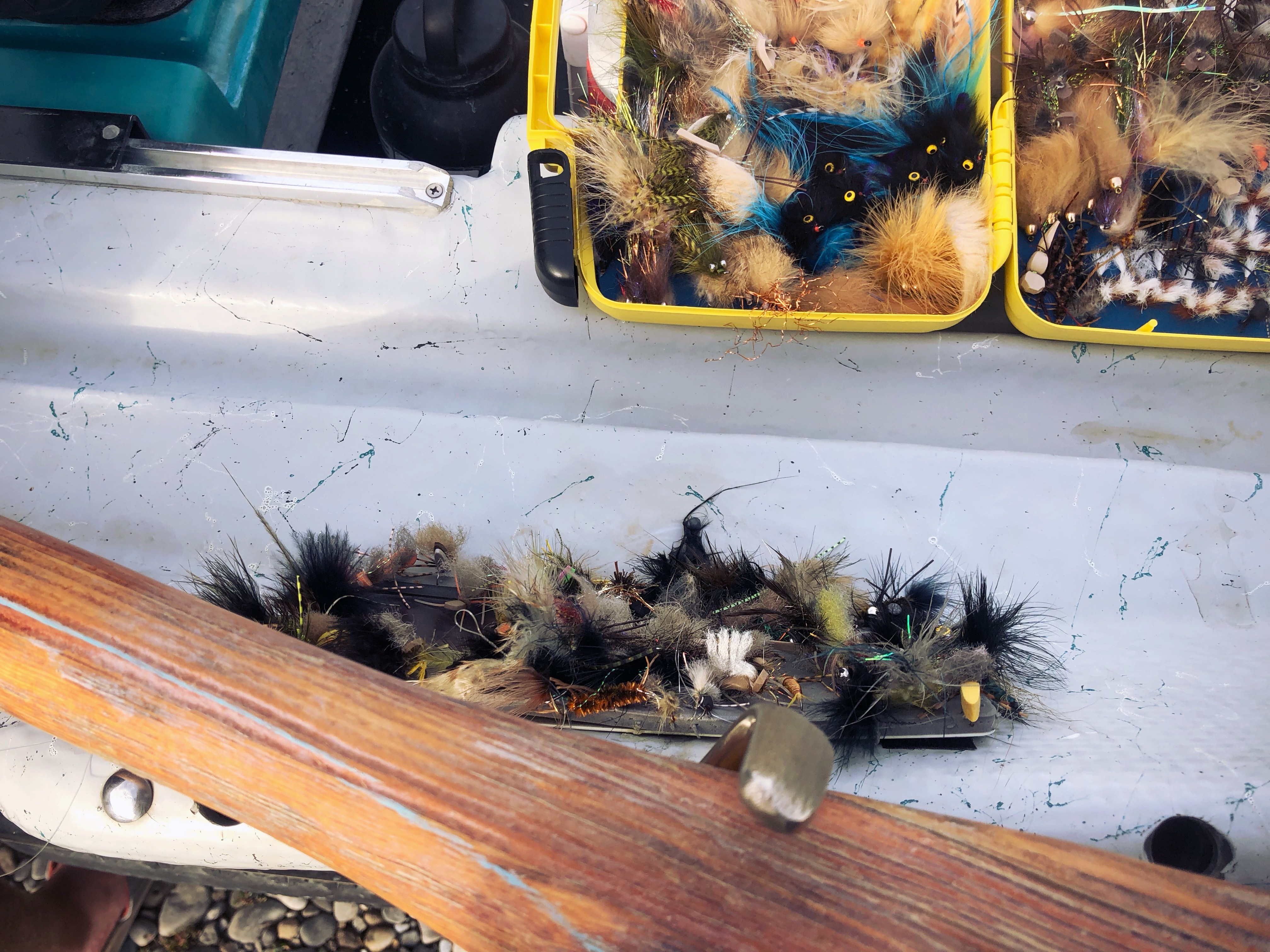Ten Tips For Netting Fish

Ten Tips For Netting Fish
Fly anglers should utilize landing nets for a number of reasons when they’re on the water, but primarily to keep fish de-stressed and safe after they’ve been caught. If you’re not utilizing a landing net on every outing, you should be. It’s not only an insurance policy for your flies and terminal equipment, but also for healthy fisheries and fish populations.
Here are some basic tips to elevate your “fish netting” game…
1. Consumer choice: With so many quality manufacturers (Fishpond, RISING, Wayward Trading Post) in the landing net space, it’s a great time as a consumer to find the specific products (correct size, length and materials) for the fish and angling situations you’re pursuing. Landing nets, like everything in fly fishing, are evolving, providing anglers longer, larger, lighter and more buoyant product offerings. Whether you’re thinking about a small, packable net for mountain hikes, a floating, long-handled version for your next river trip or a custom, handmade build, almost every conceivable material and sizing scenario has been considered by the wide array of manufacturers.
2. Go bigger when you can: As the packable weight of landing nets has decreased with the advent of lighter, carbon fiber frames, anglers can increasingly carry nets with longer handles and wider hoops, providing key advantages when fish come in close. An extra 6 to 10 inches of net handle can make a giant difference in rocky terrain, lakes or just about anywhere. The closer fish come to the shore, boat or you, the angler, invariably, the more things that can go wrong. Netting fish when they’re further out and “quieter” can have lots of practical benefits.
3. Head up, game over: When you’re playing a trout to the net, it’s all about angles. If the fish is pointed nose-down, bulldozing toward the bottom, it’s not ready, and if you try to horse it in, that’s when you are likely to break off. When its head breaks the surface, however, the fish loses its leverage, and is at your mercy.
4. Getting the head up: To make that fish ready, drop the rod parallel to the water surface, maintain a solid bend in the rod and steer the fish toward you. At the critical moment when the fish is within reach, abruptly lift the rod tip skyward, changing the angle of the fish so that its head points upward.
5. Stay below: In rivers, you should always be netting a fish from below their position in the current. This helps to avoid interactions with the line, leader or fly rod, which can change the hooking angle and release fish unintentionally.
6. Slow, purposeful movement: Watch a really great fly-fishing guide net big fish, and you’ll realize how quiet, purposeful movements are intended to keep fish calm. The calmer the disposition of the fish, the easier they are to subdue. Think about staying calm, and your netting proficiency will go up dramatically.
7. The slide: During the final stages of a fish fight, the fish is often tracking (with momentum) in a clear direction through the water. In these instances, and if the angler can get the fish’s head up to the surface, you can often “slide” the fish into the net (head first) without a lot of fanfare. The key is for the angler to apply strong, even pressure on the fish with the fly rod–over-pressuring the fish will often cause a negative, flight reaction, and the opportunity is lost.
8. Avoid the tail: You should always attempt to net a fish in the vicinity of its head, while avoiding the tail. Fish don’t like being approached from behind, and doing so often elicits a flight response.
9. Keep fish wet: Seems simple enough, because they live in the water, but as an angler, it’s your job to keep them in the water where they can breathe comfortably, not gasping for air in the bottom of a boat, or on the rocks. Step one is to have a proper landing net (with a rubber bag, not mesh), so your flies can be removed quickly and easily and in a controlled environment, after a fish is netted.
10. Reviving fish is essential: After a stressful fight, your second job as an angler is to adequately revive your fish and release them to swim another day. If a fish is struggling to get going, take some extra time to revive them, holding them by the tail, in the water, until their strength returns. Never release a fish that’s turning its belly up in the water; they will certainly perish. They need more time.
.svg)








